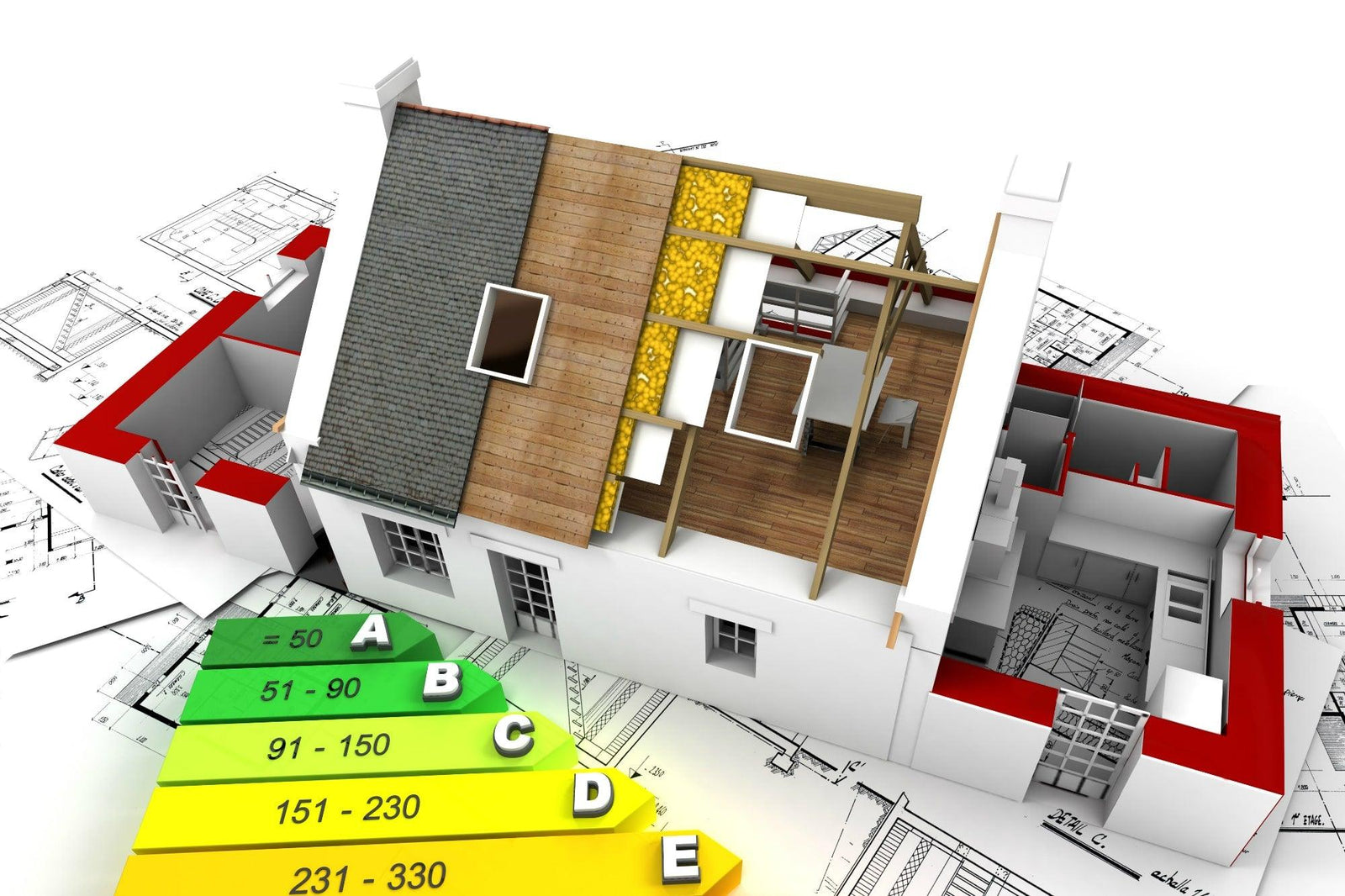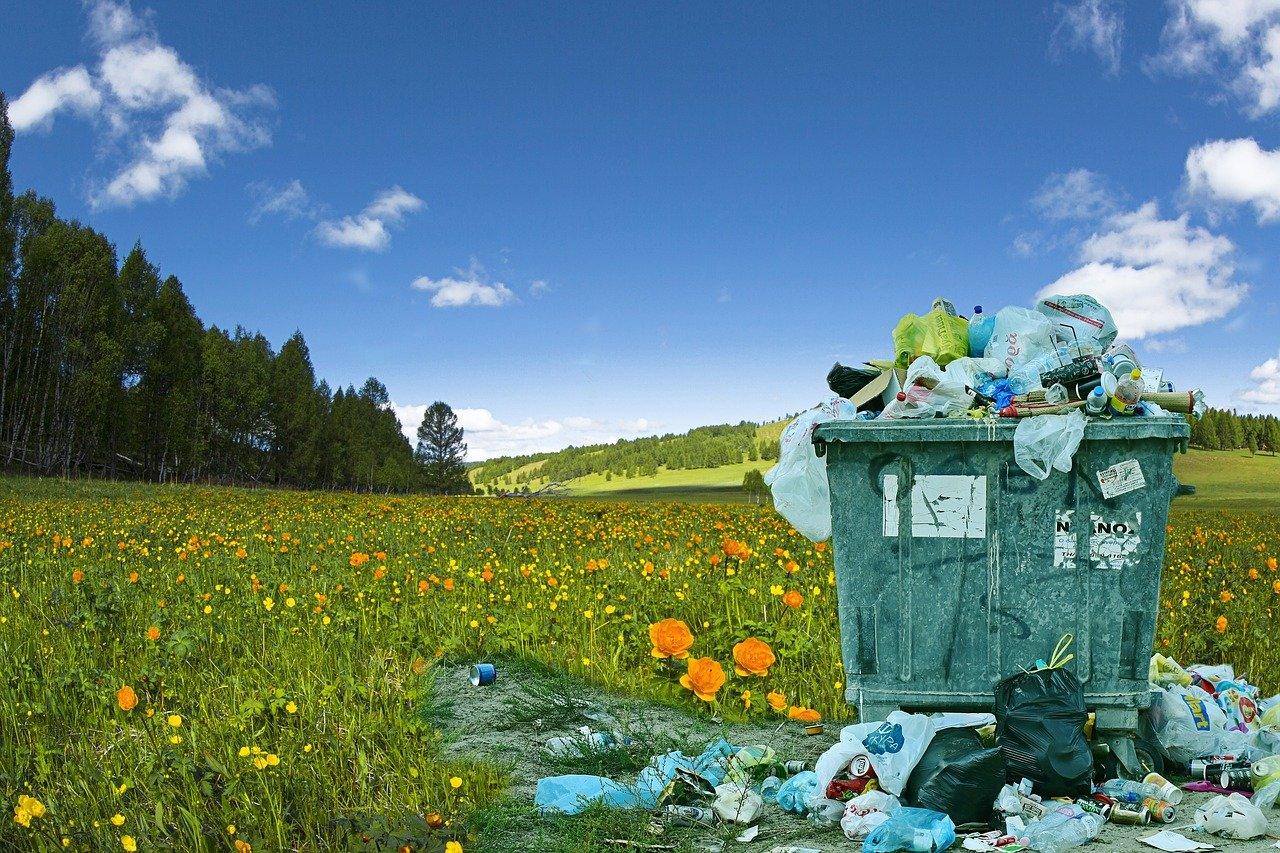40% OFF ALL LEED EXAM PREP PRODUCTS! | PASS YOUR EXAM CONFIDENTLY, ON YOUR FIRST TRY!
40% OFF ALL LEED EXAM PREP PRODUCTS! | PASS YOUR EXAM CONFIDENTLY, ON YOUR FIRST TRY!
Add description, images, menus and links to your mega menu
A column with no settings can be used as a spacer
Link to your collections, sales and even external links
Add up to five columns
Add description, images, menus and links to your mega menu
A column with no settings can be used as a spacer
Link to your collections, sales and even external links
Add up to five columns
What Is Regenerative Design?
1 min read

Regenerative design is an important aspect to mention that can be seen to be one step ahead of sustainable design, which is a type of building design that creates no waste and provides more output than consumed input. As regenerative design projects do not use any more energy than they produce, they are able to return the excess energy to the utility (projects that only use their own generated renewable energy are called net-zero energy projects.) In addition to their sustainable features, they can also contribute to the restoration of the lost environment and habitat, thereby taking regenerative design one step ahead of sustainable design.
Also in Projectific Blog

What Changes In LEED v5 & When Will The LEED Exams Will Be Based On LEED v5?
2 min read
As building professionals prepare for this significant update, two critical questions arise: what are the major changes in LEED v5, and when will the LEED credential exams transition to the new version?

How LEED Handles Recyclables With The Storage And Collection Of Recyclables Prerequisite
2 min read

LEED Heat Island Reduction Credit Explained
2 min read

